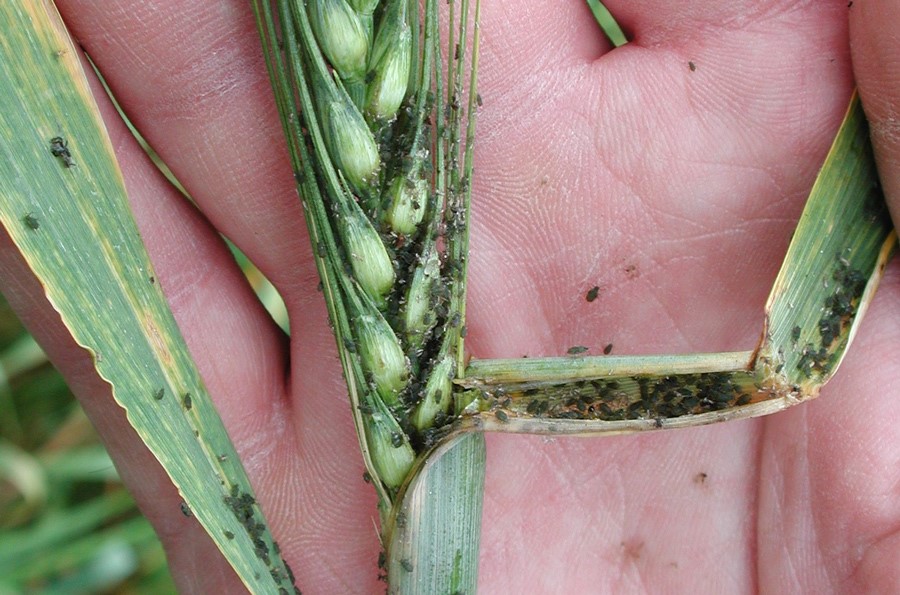Volunteers needed to catch cereal aphids red-handed
9th October 2019
Cereal growers can learn about their fields’ aphid populations, if they get involved in a new research project.
Cereal growers can learn about their fields’ aphid populations, if they get involved in a new research project.
The work aims to develop better monitoring approaches, including how best to use information from a national network of insect suction traps.
As part of the research, access to wheat and barley sites, close to traps located in Northumberland, Devon and Suffolk, is required.
Participants can discover the make-up of cereal aphid populations in their fields, including whether they carry Barley yellow dwarf virus (BYDV), and how this relates to suction trap results.
Charlotte Rowley, who manages pest research at AHDB, said: “Suction traps are a fantastic strategic resource. Operated by Rothamsted Research, they have provided a picture of the British aphid population for over 50 years.
“Aphid numbers are published in AHDB Aphid News. However, there has always been some uncertainty about how these figures relate to aphid populations in nearby fields. The research will tackle this uncertainty.”
The ADAS-led project will focus on three suction traps each year, selected to provide a wide geographic spread.
For the 2019/20 season, the focus traps are:
- Newcastle (Hebron, Northumberland NE61 3EB)
- Starcross (Starcross, Devon EX6 8PF)
- Broom’s Barn (Higham, Suffolk IP28 6NP)
Access to 12 October-drilled wheat or barley fields, within 40 km of each of these traps, is required. Although no change to field management is necessary, researchers will need access to fields, to place and monitor water and sticky traps.
The project will also investigate the use of decision support systems for chemical and cultural control.
People interested in participating should contact ADAS:
- sacha.white@adas.co.uk
- 07778 044024
For further information on aphid monitoring, visit ahdb.org.uk/aphid-news

